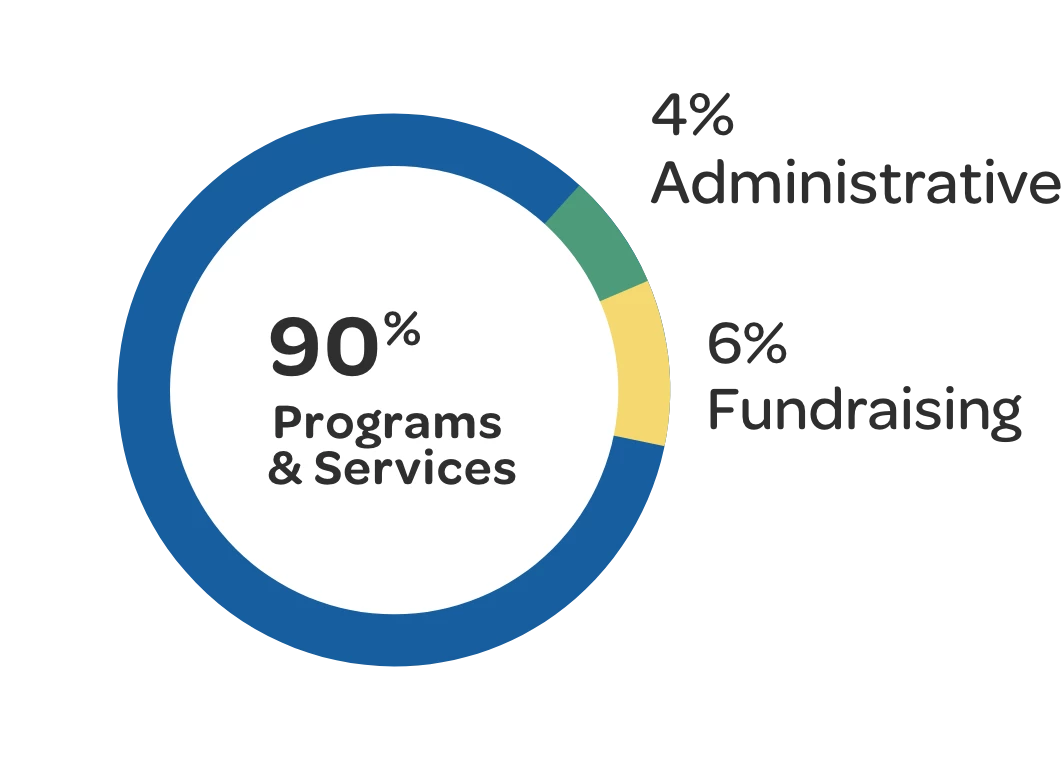Water is the source of life. It is a fundamental need for all human beings. Without water we cannot live. As a great poet once said; “Water, for cooking / Water, for cleaning / Water, for drinking / Water, for living / Water, for dying[….]” (Anand Dixit). Nations have went to war for water and have also used water to make peace in the past and in the our present day.
Three-fourths of the human body is composed of water. Like the human body, water also covers three-fourths of the earth’s surface. Although 75 percent of the earth’s surface is covered by water, the volume of freshwater resources is very scarce; about 2.5 percent of the total volume of water.
According to United Nations Environment Programme (UNEP), of these freshwater resources, 70 percent is in the form of ice and permanent snow that covers mountainous regions, the Antarctic and Arctic regions. Moreover, around 30 percent of the world’s freshwater is stored underground in the form of groundwater. This constitutes about 97 percent of all the freshwater that is potentially available for human use.
Freshwater lakes and rivers contain around 0.3 percent of the world’s freshwater. The Earth’s atmosphere contains approximately 0.03 percent of the world’s freshwater. The total usable freshwater supply for ecosystems and humans is less than 1 percent of all freshwater resources. (UNEP)
Statistics show:
More than one in six people worldwide – 894 million – don’t have access to this amount of safe freshwater. (World Health Organization)
Globally, diarrhea is the leading cause of illness and death, and 88 per cent of diarrhoea deaths are due to a lack of access to sanitation facilities, together with inadequate availability of water for hygiene, and unsafe drinking water. (Programme on Water Supply and Sanitation)
Today 2.5 billion people, including almost one billion children, live without even basic sanitation. Every 20 seconds, a child dies as a result of poor sanitation. That’s 1.5 million preventable deaths each year. (WSSCC)
According to World Health Organization (WHO) reports, if we provide improved sanitation and drinking-water, we could reduce diarrhoea diseases by nearly 90 percent. These improvements in sanitation and drinking-water could reduce the number of children who die each year by 2.2 million.
The amount of water that is suggested by the UN is around 6 – 13 gallons in order to maintain a person’s basic needs such as drinking, cooking and cleaning. The table below shows average water use per person per day in the world.







